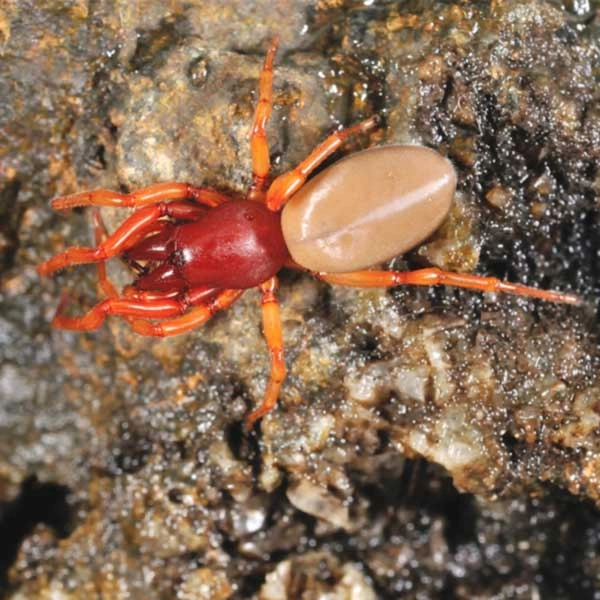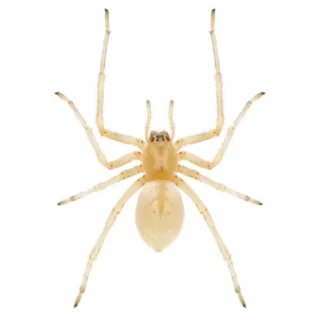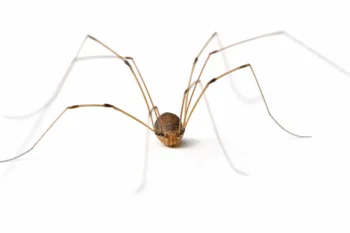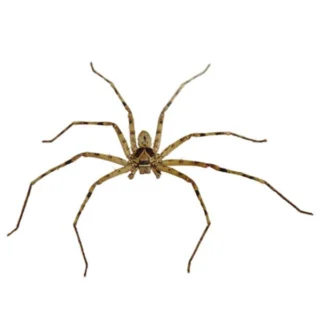Woodlouse Spiders in Virginia
Woodlouse spiders, commonly seen in homes and gardens across Virginia, are named after the woodlouse, also known as sowbugs, isopods, and roly-polies. With long fangs and powerful jaws, they pierce the tough shell of woodlice, their sole food source. The spider injects venom underneath its prey to kill it.
Woodlouse Spider Habitat
Woodlouse spiders are nocturnal and favor humid habitats, typically residing in gardens, under rocks, or in shaded spaces under logs. They do not spin webs but hunt at night, catching prey with their forward-facing jaws after dark. Due to their fondness for warmth, they may occasionally enter homes.
Woodlouse Spider Behaviors, Threats, or Dangers
A woodlouse spider’s bite is harmless to humans, though it may cause some pain due to the mechanical action of their fangs, which usually fades within an hour. These spiders prefer rotting wood and vegetation, often residing in basements, beneath stones, or near doors and windows where decaying wood is present. Gardeners often welcome them as they help control woodlice, a common pest of plants.
If you have a woodlouse spider infestation, reach out to your local spider control experts for assistance.
Need help with Woodlouse Spider control?
Leave your information below and we’ll be in touch with a FREE quote!
"*" indicates required fields
*During normal business hours. After hours calls will be returned the next business day.





